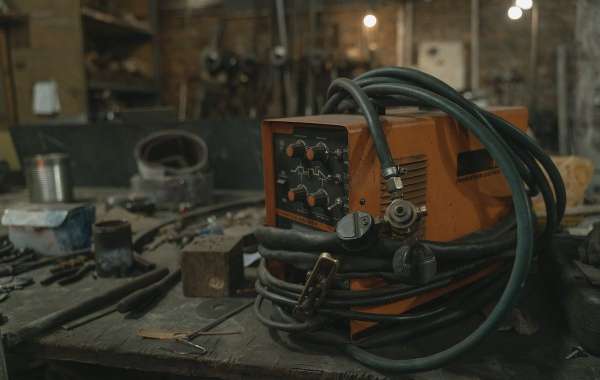In recent years, there have been significant advancements in the technology used during cataract surgery, particularly in the types of intraocular lenses (IOLs) available.
What are intraocular lenses?
Before we delve into the six types of IOLs, it is essential to understand what they are. An intraocular lens is a tiny artificial lens that replaces the natural lens of the eye during cataract surgery. It is designed to restore the patient's vision and improve their quality of life.
What are the six types of intraocular lenses used in cataract surgery?
Which type of intraocular lens is right for me?
The type of IOL that is right for you depends on several factors, including your age, the health of your eyes, your lifestyle, and your visual needs. A cataract specialist can work with you to determine the best type of IOL for your specific needs.
Intraocular lenses are an essential part of cataract surgery and can significantly improve a patient's vision and quality of life. With the advancements in technology, cataract surgery has
Monofocal intraocular lenses
Monofocal IOLs are the most common type of IOL used in cataract surgery. They have a fixed focus, meaning that they can only provide clear vision at a single distance. Patients who receive mono-focal IOLs typically have good distance vision but may need glasses for reading or other close-up activities.
Multifocal intraocular lenses
Multifocal IOLs are designed to provide clear vision at multiple distances. They have several rings or zones with different powers that allow the patient to see clearly at different distances. Patients who receive multifocal IOLs typically have good distance and near vision and may not need glasses for most activities.
Accommodating intraocular lenses
Accommodating IOLs are designed to mimic the natural lens of the eye by changing shape and adjusting focus as the patient's eye muscles move. This allows patients to see clearly at different distances without the need for glasses. While accommodating IOLs do not provide as much depth of focus as multifocal IOLs, they can still provide good near and distance vision.
Toric intraocular lenses
Toric IOLs are designed to correct astigmatism, which is a common refractive error that can cause blurry vision. They have a specific shape that allows them to align with the patient's cornea, correcting astigmatism and providing clear vision.
Extended depth of focus intraocular lenses
Extended depth of focus (EDOF) IOLs are a newer type of IOL that provides a more continuous range of vision than monofocal IOLs. They work by using a specific design that elongates the focal point, providing clear vision at multiple distances.
Aspheric intraocular lenses
Aspheric IOLs are designed to mimic the shape of the natural lens of the eye, which is not perfectly spherical. They provide better contrast sensitivity and reduce the occurrence of visual aberrations, which can cause glare or halos.
become safer and more effective than ever before, and patients can expect to achieve excellent visual outcomes.








